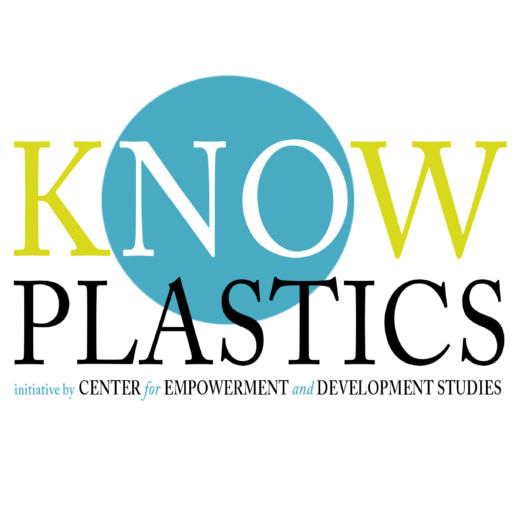Christian Sonnendecker and his research team discovered seven enzymes they had never seen before while digging through a compost heap in a Leipzig graveyard. They were looking for proteins that could consume PET plastic, the world’s most widely used plastic. It’s typically seen on bottled water and fruits and vegetables like grapes. When the scientists returned to the lab with the samples, they weren’t expecting much. They had just rummaged through the second trash, and PET-eating enzymes were supposed to be uncommon. However, they discovered PHL7, a polyester hydrolase enzyme, in one of the samples. And that took them by surprise. In less than a day, the PHL7 enzyme dissolved a whole piece of plastic.
PET plastic:
PET plastic is recyclable, however, it does not biodegrade. This plastic, like nuclear waste or a snide remark to your partner, is never truly gone once it is generated. It can be refashioned in new products – for example, a tote bag made from recycled water bottles is simple to make. However, the plastic’s quality deteriorates with each cycle. As a result, a significant amount of PET gets converted into products such as carpets and, yes, a large number of tote bags that wind up in landfills. There are two approaches to solving this issue: The first step is to halt all PET plastic production.
However, the material is so widespread that even if firms stopped producing it right once, millions of broken soft drink bottles or tote bags made from those bottles would still be floating around for thousands of years. The second option is to make the plastic decay on its own. For decades, scientists have been looking for enzymes that can do this, and in 2012, they discovered leaf-branch compost cutinase. PETase, a component of LCC, can be used to dissolve PET plastic when paired with another enzyme known as an esterase, which was a big advance. Hydrolysis is a process that uses esterase enzymes to break chemical bonds.
Conclusion:
Sonnendecker’s newly discovered enzyme, too, has its drawbacks. It can decompose the containers in which you buy grapes at the supermarket, but not a soft drink bottle. No, not yet.
PET used in drink bottles has been stretched and chemically changed, making it more difficult to disintegrate than PET used in grape containers. Sonnendecker’s team has devised a pre-treatment for PET bottles that makes it easier for the enzymes to dissolve the plastic in tests. However, that study has yet to be published. According to the study, technology that uses PHL7 to break down PET on a wide scale might be ready in four years with industry assistance.


